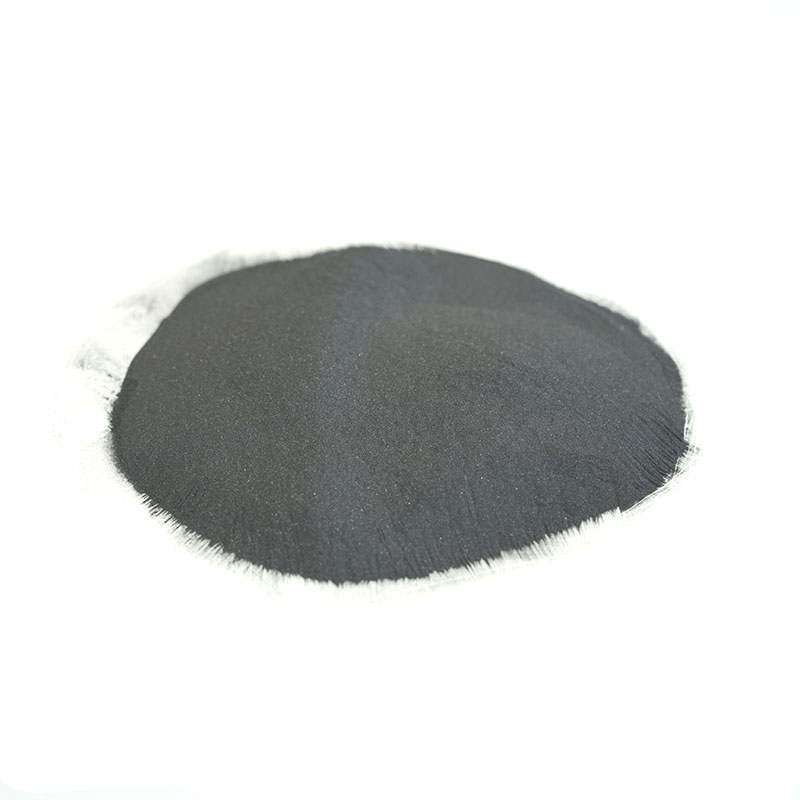In today’s rapidly advancing industrial landscape, the quest for materials that deliver superior performance is relentless. Among these materials, carbide composite powders have emerged as a standout choice, offering an exceptional blend of strength, durability, and versatility. Whether seeking to enhance manufacturing processes or develop cutting-edge products, understanding the nuances of carbide composite powder is essential.
What Makes Carbide Composite Powder Stand Out?
Carbide composite powders are engineered materials composed of hard carbide particles dispersed within a matrix material, often a metal or alloy. This unique combination results in properties that far exceed those of conventional materials. The hard carbide phase provides remarkable wear resistance, while the matrix ensures toughness and structural integrity. Together, they create a material capable of withstanding extreme conditions, making it ideal for demanding applications.
One of the most compelling aspects of carbide composite powder lies in its adaptability. By adjusting the composition and particle size distribution, it can be tailored to meet specific needs. For instance, varying the carbide content can influence hardness and wear resistance, while modifying the matrix material can enhance thermal stability or corrosion resistance. This level of customization opens up a world of possibilities across industries.
Applications Across Industries
The versatility of carbide composite powder is reflected in its wide-ranging applications. In the realm of tooling, it serves as the backbone for cutting tools, drills, and inserts, where its wear resistance ensures prolonged tool life even under high-stress conditions. Similarly, in the automotive and aerospace sectors, components made from these powders withstand the rigors of high-speed operations and extreme temperatures.
Additive manufacturing, or 3D printing, has further expanded the horizons of carbide composite powders. Their fine particle size and consistent quality make them suitable for creating intricate and complex parts with precision. From prototyping to full-scale production, these powders enable the creation of components that were once considered unattainable.
Beyond industrial uses, carbide composite powders find their way into niche markets such as medical devices and electronics. Their biocompatibility and electrical conductivity make them valuable for crafting surgical instruments and electronic components that demand both reliability and performance.

Key Considerations When Choosing Carbide Composite Powder
Selecting the right carbide composite powder requires careful evaluation of several factors. First and foremost is the intended application. Understanding the operational environment—whether it involves high temperatures, corrosive substances, or abrasive forces—will guide the decision-making process.
Particle size and distribution are equally critical. Finer powders are often preferred for applications requiring smooth surface finishes or intricate geometries, while coarser powders may be better suited for heavy-duty tasks. Consistency in particle size is also vital, as variations can lead to uneven performance or processing challenges.
Another important consideration is the purity and quality of the powder. Impurities can compromise the material's properties, leading to subpar results. Reputable suppliers provide detailed specifications and certifications, ensuring transparency and reliability.
Finally, cost-effectiveness plays a significant role. While premium powders may come at a higher price point, their enhanced performance and longevity often justify the investment. Balancing upfront costs with long-term benefits is key to making a well-informed decision.
The Future of Carbide Composite Powders
As technology continues to evolve, so too does the potential of carbide composite powders. Advances in manufacturing techniques, such as advanced sintering processes and nanotechnology, promise even greater performance enhancements. These innovations will likely expand the range of applications and drive adoption across new industries.
Moreover, sustainability is becoming an increasingly important factor. Efforts to develop eco-friendly production methods and recyclable materials are gaining momentum, aligning with global initiatives to reduce environmental impact. Carbide composite powders produced through sustainable practices not only meet regulatory standards but also resonate with environmentally conscious values.


 English
English русский
русский عربى
عربى

















